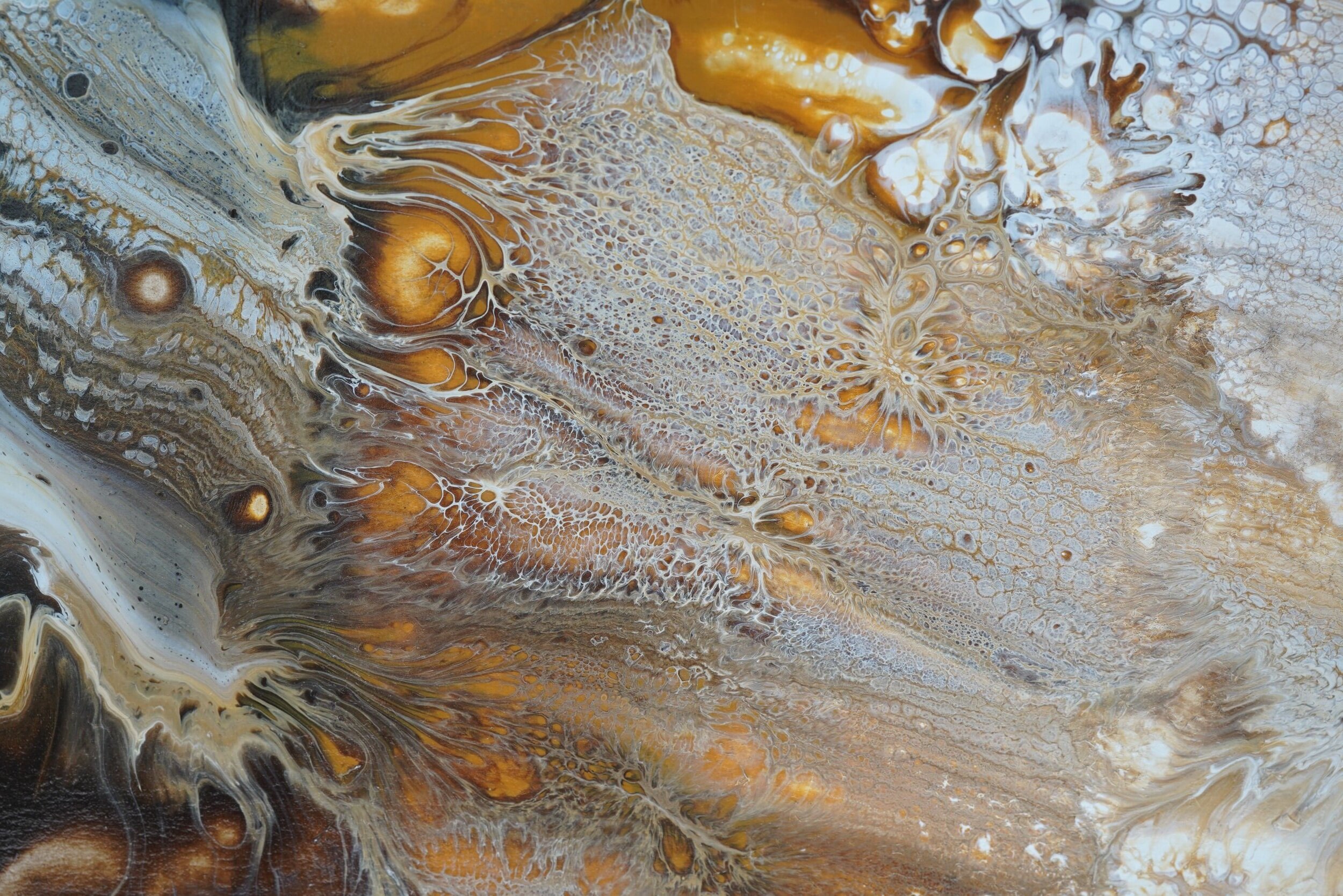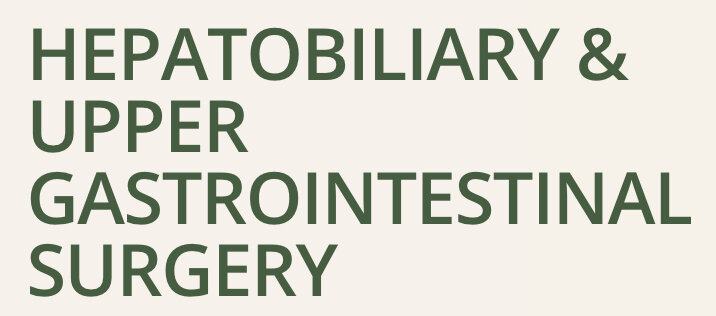
Distal Pancreatectomy
What is a Distal Pancreatectomy?
The surgeon removes only the tail of the pancreas, or the tail and a portion of the body of the pancreas. The spleen is sometimes removed as well. The spleen helps the body to fight infections, so if it is removed you are at higher risk of some types of bacterial infection. Your doctor may recommend vaccinations and lifelong antibiotics before and after a distal pancreatectomy if splenectomy is required.
What purpose does the pancreas serve?
The pancreas is a long, flat gland about 13–15 cm long that lies between your stomach and spine. It produces insulin to regulate blood sugar levels and digestive enzymes to help digest food. It is divided into three parts parts: (a) the large rounded end, called the head of the pancreas (b) the middle part, known as the body (c) the narrow end, called the tail. A tube called the pancreatic duct connects the pancreas to the first part of the small bowel (duodenum). Another tube, called the common bile duct, joins with the pancreatic duct and connects the liver and gall bladder to the duodenum.
Who will need the surgery?
A distal pancreatectomy is performed to treat pancreatic cancers of the tail or body of the pancreas. Pancreatic cancer can occur in any part of the pancreas and can spread to nearby lymph nodes (part of the immune system) or nearby organs such as the stomach or colon.
What happens during the operation?
This procedure can be performed via open approach or laparoscopically. During your procedure you will be placed under a general anaesthetic. Under the laparoscopic approach, several laparoscopic ports will be inserted into your abdomen and your abdomen will be inflated with CO2 gas to create space. A camera as well as some long instruments will be inserted to perform the operation. The distal portion of the pancreas will be divided and sealed with a stapler and removed. If it is not possible to separate the pancreas from the vessels of the spleen, the spleen will also be removed.
Under open approach, the operation steps are similar however it will be performed through a large midline vertical incision through your abdominal wall.
What to expect after your operation
Activity
You can expect your nurse and physiotherapist to help you get out of bed on the first day after surgery. Each day your tolerance for activity will increase. You will need to wear an oxygen mask for a short time after your surgery to support your breathing. The amount of oxygen you will require will slowly be decreased as you improve. You will be constantly reminded to attempt your deep breathing and coughing exercises to help prevent chest infections.
You will also be encouraged to exercise your legs because lying still increases the risk of blood clots forming in your legs. You will be asked to wear TED stockings throughout your hospital stay and given small injections into the skin on your abdomen twice a day to help prevent blood clots from forming.
Diet
At first you won’t be able to eat or drink (nil by mouth). You’ll then be on a liquid diet before gradually returning to normal food. A temporary feeding tube may be placed into the small bowel during the operation. This tube provides extra nutrition until you can eat and drink normally again. The hospital dietitian can help you manage changes to eating. Some people will need to take tablets known as pancreatic enzymes after surgery. These are taken with each meal to help digest fat and protein. Because the pancreas produces insulin, people who have had all or some of their pancreas removed often develop diabetes after surgery. They may need regular insulin injections. This will be discussed with you by your medical team.
Pain Management
It is expected that you will experience some discomfort after your operation. Your nurse will assess your pain and provide the appropriate pain medication to keep you comfortable. Pain relief can be given in a number of ways including intravenously (via the drip) or through oral medication. The anaesthetist will decide which form of pain relief is most appropriate for you
It is imperative that you are able to take deep breaths and cough following your surgery to help prevent chest infections. Every effort will be made to ensure that you are comfortable enough to do this.
Wound Care
You will have a large cut along much of your abdomen. Initially you will have a dressing covering this, but this will be removed 2 days after your surgery. You may then get your wound wet in the shower. There may be staples in situ; these will be removed before you go home. A drain tube may or may not be inserted into the abdomen through the skin for drainage of blood and other fluids from around the operation site and is removed once drainage has reduced. This will depend on the extent of your surgery. Surgical drains are never permanent.
At Discharge
You may resume your normal activities, as you feel able. You should avoid work, driving and sporting activities until you have returned for your follow up appointment at at the outpatient clinic.
Avoid heaving lifting and straining and ensure adequate support of your abdomen.
Home help, meals on wheels and general social supports may be organised prior to discharge through our social work department if required. Please discuss any of these issues with the nursing staff during your stay.
A letter will be sent directly to your local doctor detailing the events during your stay.
If you notice redness, swelling or discharge from your wound, or if you are unable to tolerate your diet, contact your local doctor.
This information is intended as a guideline only. If you have any further questions or concerns, please ask your doctor.
